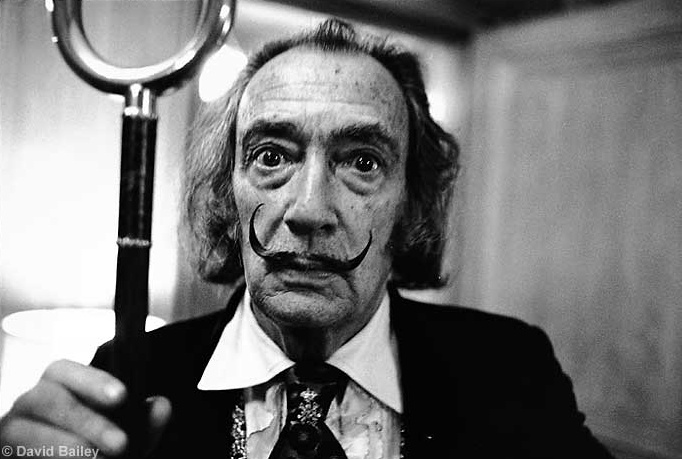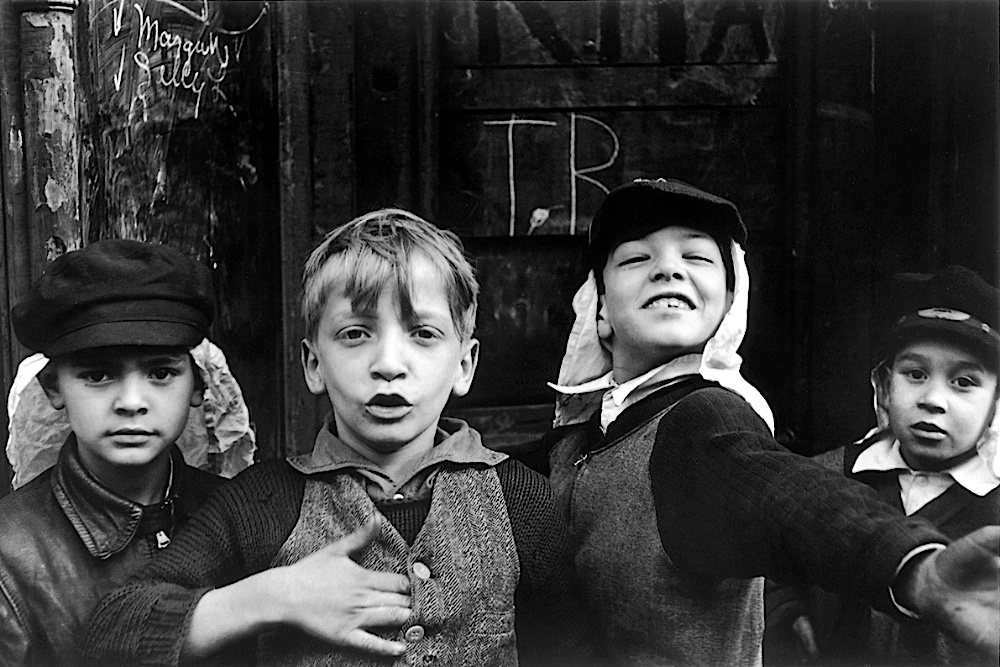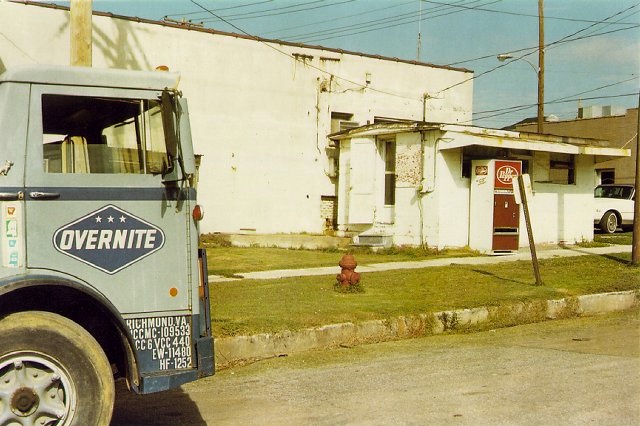Henri Cartier-Bresson(1908 – 2004)
To be continuedWith his images Henri Cartier-Bresson influenced the world view of readers of magazines like Life, Vogue, Paris Match and Harper's Bazaar in a spirited and subdued way. For them, many of his photos from exotic sounding places like India, China, Mexico and the Soviet Union opened up a hitherto relatively unknown world.
His revolutionary ideas about photography didn't leave his colleagues — photographers from the past and present — indifferent either. It is beyond dispute that his work prompted many people to delve into photography and art in general. In an attempt to illustrate the importance of Cartier-Bresson in recent history, some of the most influential photographers — who explicitly mentioned Cartier-Bresson as an inspiration and whose photographic work clearly breathes his vision – are addressed here. I. David Bailey |
|||
 FIG.29 Salvador Dali, D. Bailey Paris, France, 1972 |
|||
|
David Bailey (°1938), best known for his « cold portraits » of Mick Jagger, is primarily known as a fashion photographer. His main source of inspiration, however, is a photo of Henri Cartier-Bresson from 1948 in Kashmir. Although most of his photographs have been stripped of all knickknacks — his models generally get all the attention in his work — Bailey also makes some more natural portraits of artists, including this portrait of Dali (FIG.29). II. Helen Levitt |
|||
 FIG.30 H. Levitt New York, United States, 1940 |
|||
|
Helen Levitt (1918 – 2009) meets Henri Cartier-Bresson during his stay in New York in 1935. Levitt, who is taking her first steps into photography in this period, is impressed by his achievements. Especially her photo series of children in the streets of New York can be linked to Cartier-Bresson (FIG.30). Just like him, she photographes the lives of ordinary people in a very instinctive way. III. William Eggleston |
|||
 FIG.31 W. Eggleston United States, ca. 1980 |
|||
|
Through a friend William Eggleston (°1939), sometimes dubbed the « father of color photography », comes into contact with the work of Cartier-Bresson around 1962. Especially the fact that his pictures do not seem to be made by a camera and a photographer, appaels to him. The most striking difference, of course, is the use of color film instead of black and white (FIG.31). However, if we forget about Egglestons identity and try to imagine the photo in black and white, there are some clear similarities with Cartier-Bresson's photographic view of the world. Personally, the above picture makes us think of the cityscapes, full of whitewashed walls, Cartier-Bresson made in Madrid. { Printer-friendly version } { Read on: Epilogue } |
|||
|
Le Couperet HCB © Frederik Neirynck 2004 – 2024
|
|||
